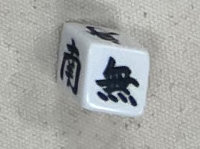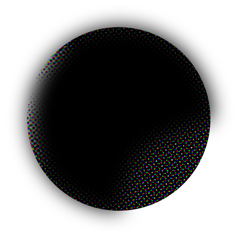Hope the New Year is off to a good start for everyone! After not much posting in 2021, a goal for 2022 was better consistency, which I think I mostly achieved with eleven posts. Of those, one highlight was a multipart deep dive of the Dark Souls TRPG. For 2023, I’d like to continue that momentum and focus on showcasing more TRPGs, even if just in brief. As much fun as deep dives are to research and write, there are a lot of books on my shelf I’d like to share with all of you.
First Games of the Year

I met with some friends to welcome in the New Year with some boardgames. Among those we played were Timebomb, Flamecraft, Llama, and Push. Flamecraft was simply beautiful, and the puns seemed to translate well. The game that we started off with first, though, was a traditional sugoroku from the Edo period Pure Land Sugoroku.
Pure Land Sugoroku

Sugoroku is often played during the New Years holiday, so it was very apropos for my first game of the year to be Jodo (Pure Land) Sugoroku. Originally from the Edo period, it teaches Buddhist concepts. A 3d paper craft reproduction is available from Puninokai. Playing with a 3d board looked fun, but difficult to transport, so we just played using A4 sheets.


There are a number of interesting aspects of this sugoroku’s design. Each square has both a number and category. The die is a d6, and each side is one of six kanji (南, 無, 分, 身, 諸, 仏) . Players reference these against the their current space to see their destination, if any. There are several points where the player can instantly win or lose the game, with one spot “Eternal Hell” that the player is unable to escape for the rest of the game. Not all kanji are available on every square, which adjusts the game flow based on the concept contained in the square. We played with rerolling until a kanji in the square was rolled to speed up play, but the real rule is no movement if the rolled symbol is not present in the square.

While many sugoroku have a single destination, Jodo Sugoroku has four goals that players aspire to, and the first to get to one of these wins. It’s possible to jump to the end from several places, but the row of squares leading to the ending tiles are a slow progression along the Bodhisattva path, with only two of the kanji on the dice leading to progress. In terms of overall play, movement up and down the board was constant, moving through different levels of reincarnation. It was also possible to return the beginning. In our game, one player was about to win after slowly progressing through the Bodhisattva path, but I rolled lucky and jumped from near the middle of the board to one of the goals, abruptly ending the game. This was after a series of movements between the six realms of reincarnation. There is a lot of meaning in each space, and the rule book includes explanations for the meaning of each.
What’s Next
The end of the year was really busy for me, but the fall Tokyo Game Market provided much needed relief. My next post will be about that, and then we’ll start taking a look at individual games. Here’s to a happy and healthy 2023!


Happy New Year! May 2023 be full of these amazing posts.
Thank you always for your kind words. I hope to live up to them! I’m looking forward to what your brush holds in store for us in 2023!
I have been looking for this game as a printable since I am not able to get it shipped to the US through the site you listed. Is there anywhere to purchase a digital copy?
I’m not aware of a digital copy, but I did find world wide shipping is available from Booth using Buyee. Hope that helps!